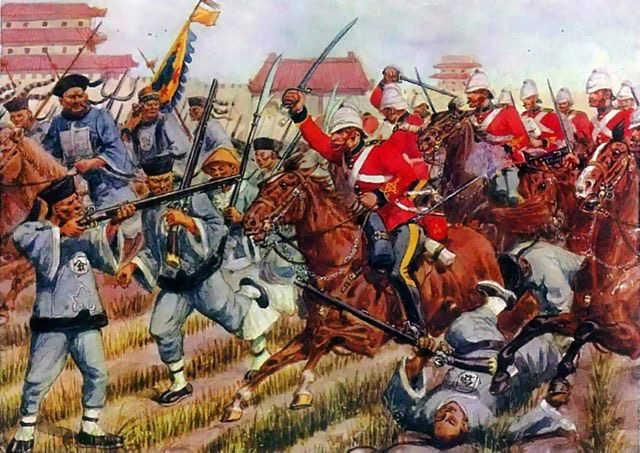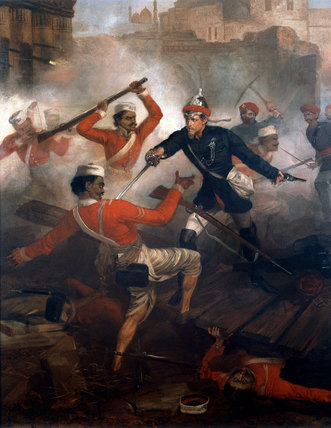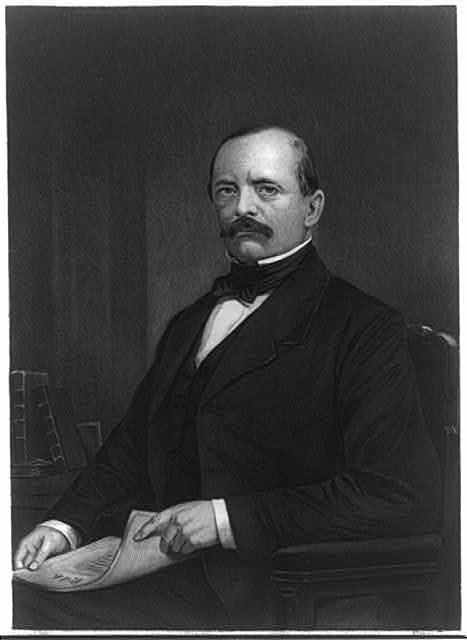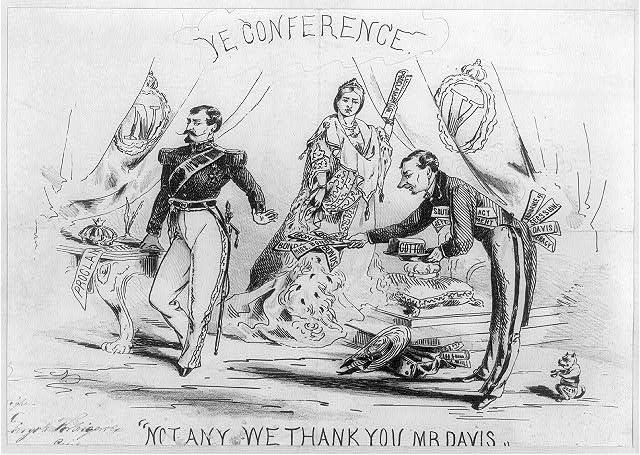The American Civil War, on the global stage, was a sideshow for the attentions of the powers of Europe. Yet the conflict had a part to play in the course of world affairs in the latter half of the 19th century, not limited to its impact upon Anglo-American relations. Understanding the course of events – preceding, concurrent to, and following the Civil War- provides insight into their significance to U.S. and international developments.
For the European powers most in focus for Union and Confederate diplomatic outreach – Britain, France and Russia being prominent examples – the American conflict develop only five years after the last great war in Europe had ended. The Crimean War, lasting three years between 1853 and 1856, was a bloody, prolonged struggle between the the Russian and Ottoman Empires, the latter aided by Britain and France. Despite Russia’s ultimate loss, the high numbers of casualties experienced on both sides, a result of increasingly modernized warfare, presented challenges for the post-war Europe. The public memory of the Crimean War, an increasingly unpopular conflict as it persisted, shaped attitudes on warfare in its immediate aftermath, an aftermath the American Civil War developed in.
Below are prominent events and factors of the mid to late 19th century, occurring after the conclusion of the Crimean War in March, 1856. Not all are directly connected to the American Civil War itself, but serve to place the battles between the Union and Confederacy among contemporary events and developments. They include political transitions, foreign conflicts, and international negotiation.

The Second Opium War begins
Britain, alongside France, engages the Qing dynasty of China over the issue of opium and its sale by western traders, with intermittent fighting until 1860. Part of long-standing conflict over European interests in East Asia, the Opium Wars serve as a prelude to later strife in the Age of Imperialism. The issue of access to Chinese markets would an area of cooperation for U.S and British diplomats at the end of the 19th century.

The Sepoy Mutiny
A revolt among the British East India Company’s sepoy forces sparks widespread rebellion in northern and central India. U.S. support for Britain in the conflict eases tensions over U.S. neutrality in the Crimean War.
First Attempt at a Transatlantic Cable
In a an effort by American and British interests, two telegraph lines are linked, establishing a connection between North America and Europe. Though it later fails, the effort will be revived in 1866. The growth of the telegraph, alongside the expansion of railroads, transforms international communications. During the Civil War, as no line has yet endured, delays (typically several weeks) in the spread of information remains.

Abraham Lincoln Elected 16th U.S. President
In a four-way presidential race, Abraham Lincoln secures victory for the young Republican party. Southern Democratic concerns over economic security and the status of slavery in the face of growing northern Republican political power made the election of 1860 integral to the future. Lincoln’s victory pushed several Southern states over the line, the catalyst for the Secession Crisis the following month.
Liberation of the Serfs
In an significant act of reform, Tsar Alexander II of the Russian Empire liberates the serf population. With the elimination of serfdom, Russia experiences waves of social and political upheaval in the following decades, amid calls for further change.
Formation of the Kingdom of Italy
King Victor Emmanuel II of Sardinia is proclaimed King of Italy, part of the ongoing unification of Italy into a new, singular kingdom. The formation of a cohesive Italian state influences the power balance of the Mediterranean, feeding into shifting political and military alliances across Europe.

The American Civil War Begins
With the bombardment of the federal garrison at Fort Sumter in Charleston Harbor by South Carolina forces, war breaks out between the North and South.
Convention of London Concludes
In an agreement between France, Spain, and Britain, a plan of cooperation is made for the acquisition of loan repayments from the Mexican government. This venture leads into a French conquest of Mexico.

Rise of Bismarck
King Wilhelm I of Prussia, future Kaiser of a united Germany, appoints Otto von Bismarck as Minister President. With greater power, Bismarck will aid in the continued rise of Prussian power in Europe, the unification of the independent German states, and the birth of the German Empire.
Emancipation Proclamation
President Lincoln’s action on emancipation in the South officially goes into effect. Though the proclamation has no legal power to free slaves in the rebelling states, it represents a shift in the presentation of the war. The Union justification for war begins shifting to a platform promising liberty and freedom, countering an image of independent South maintaining slavery.
The January Uprising begins
Rising up against the control of the Russian Empire, Polish youth revolt, sparking outside interest in the internal volatility of Russia and its territories. Though the revolt is put down, it represents part of the generational discontent affecting regional stability amid growing Russian nationalism.
Battle of Gettysburg
Noted as the high -water mark of the war and one of its key turning points, the Battle of Gettysburg begins around the Pennsylvania town. After three days, Gen. Robert E. Lee’s forces are turned back in a decisive Union victory.
Second Schleswig War
Amid a conflict between Prussia and Austria, and Denmark, over control of the border regions of Holstein and Schleswig, Britain’s Lord Russell attempts mediation in London. The conference ends in failure, though the war soon after ends with a Prussian victory and the cession of the lands in question to Prussia, creating lasting Danish resentment.
Lee’s Surrender
Chased by Union General U.S. Grant, Robert E. Lee surrenders his army at Appomattox Court House, Virginia. With the defeat of Lee’s forces, Confederate resistance wears down, effectively ending the Civil War.
